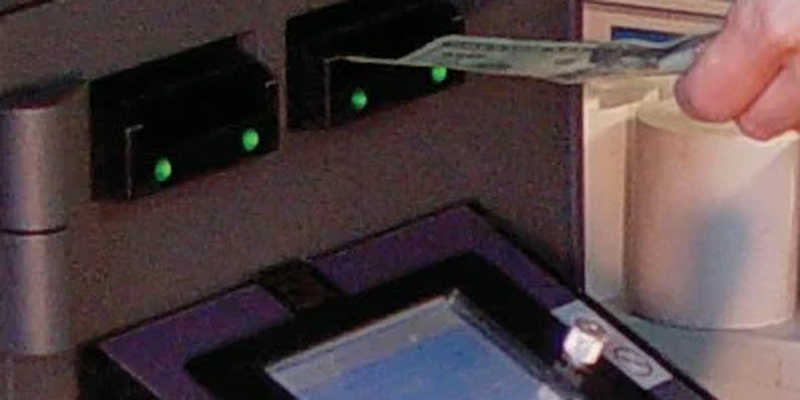
The cash management world is changing, with 78 percent of retailers surveyed by CSP magazine saying they use a networked cash management system. Connectivity changes cash management by providing retailers more visibility into their transactions and cash assets in real time.
Smart safe solutions have emerged as a hub for connected cash management programs, giving merchants the tools they need to track cash, validate it and integrate data across systems. These benefits extend to the bank, and a good partnership with a local bank can play a vital role in positioning retailers to maximize the value of their smart safe initiatives.
Retailers and Banks: A Vital Relationship
Retailers and banks have long depended heavily on one another - at least in terms of cash management. But the relationship has been a time-consuming matter. Retailer store owners needed to gather cash, do their internal reporting, fill out deposit slips and manually deposit cash at branch locations. Banks had to process those deposit slips, recount cash and manage credit services relative to cash flow and assets. The situation was ponderous for all parties and made visibility across the relationship extremely difficult.
Smart safe technology changes this dynamic by integrating with digital cash management technologies that can offer data visibility to stakeholders all the time. As such, banks can do a great deal to improve interactions with retailers within the framework of a smart safe ecosystem.
Smart Safes and Banking: Changing Longstanding Dynamics
While the traditional relationship between banks and retailers has been a fairly slow-moving one, digital technologies backed by smart safes change the situation. With contemporary technologies in place, retailers can:
- Automatically record and validate cash income as bills are put into the safe.
- Track which users put cash into the safe relative to the transactions processed.
- Compile data from across smart safes to provide complete visibility into cash assets on hand.
- Integrate smart safe reports with banking systems to give financial services providers more visibility.
- File deposit slips for cash still in the smart safe to establish pre-credit and avoid frequent trips to the bank to deposit cash.
- Provide financial leaders with more flexibility in how they manage and use cash due to the clear line of communication between the safe and the bank.
When retailers integrate their smart safe setup with their financial services providers, they can create the kind of real-time transparency that allows for a highly flexible, fast-moving relationship. The cash in your safes is, from a practical standpoint, considered deposited once you file a deposit slip.
You don't have to bring the cash to a bank location. This lets you:
- Optimize the number of armored truck pickups to reduce costs.
- Maximize the amount of cash on hand.
- Integrate cash data from across locations and safes so you can manage all of your cash from a single interface.
Viewing Your Cash Through a Single Pane of Glass
The longstanding relationship between banks and retailers meant that business owners effectively had a lot of windows into their cash situation. They could view what they have in the bank through online portals. They could view what's in their safes by counting cash. They can look at reports from cash drawers and other locations to account for that currency.
Effectively, each of these is a separate window that retailers needed to look through to assess their cash situation, further complicating their ability to easily integrate with banks. In a smart safe program, you can use your cash management interface as a single pane of glass through which you can gain full visibility into your internal cash situation and interact with your bank.
Superior can help you make this happen, giving you the supporting services necessary to get more value from your banking relationships when pursuing a smart safe program.
